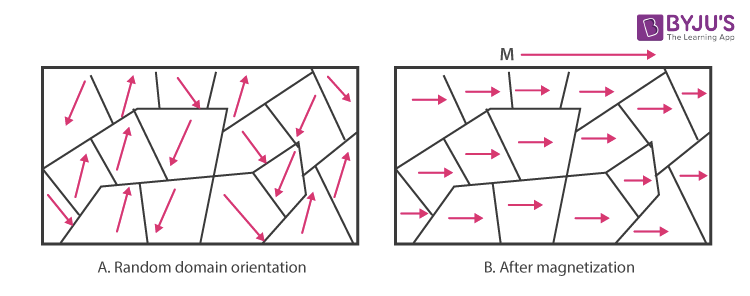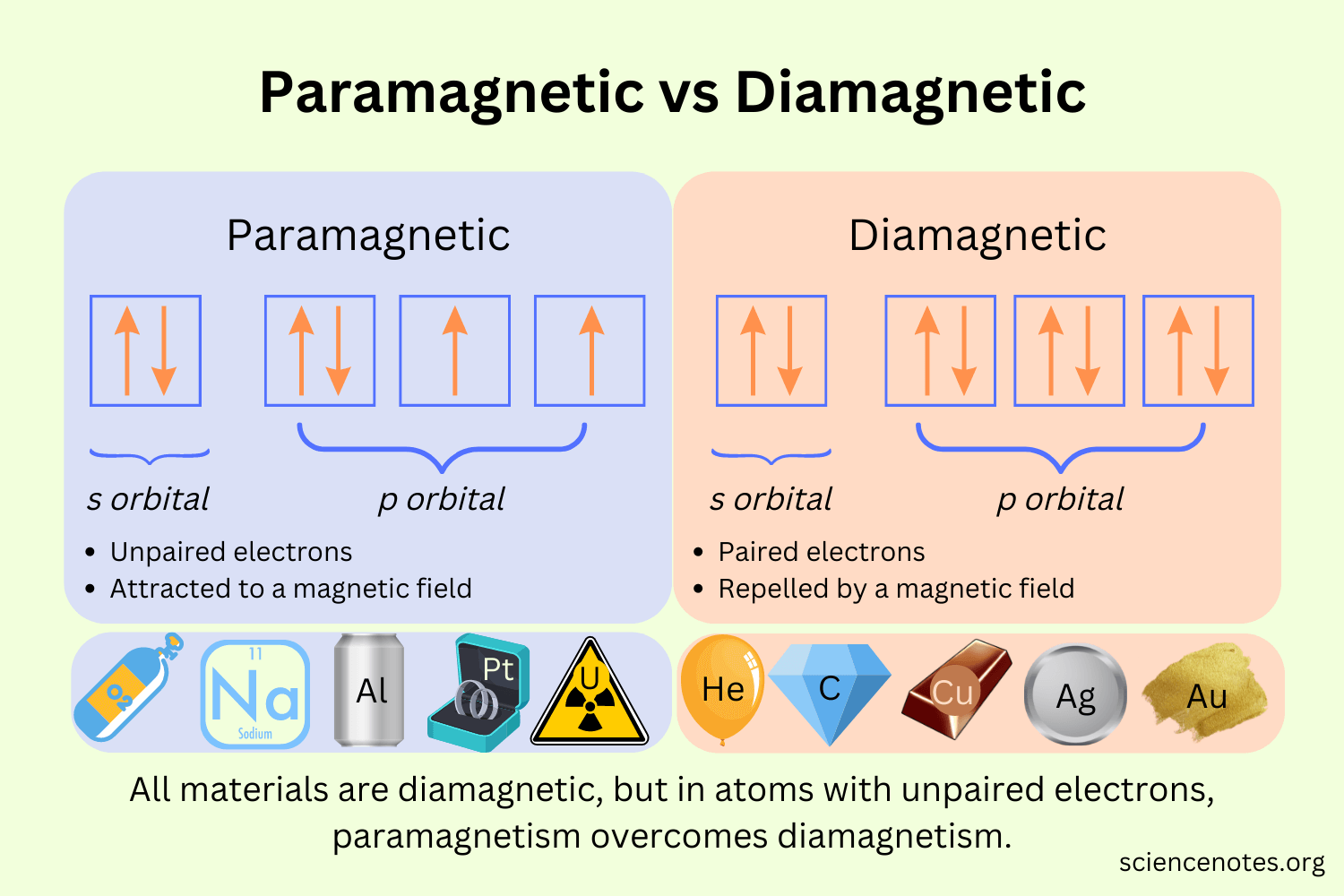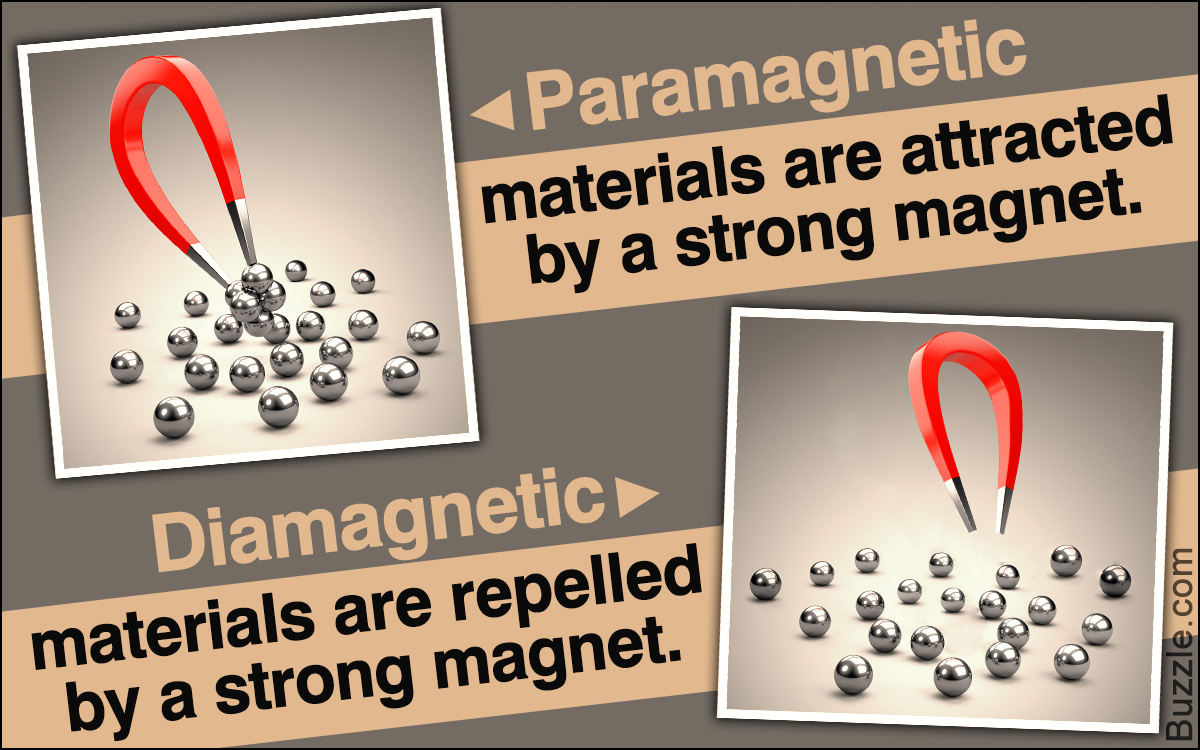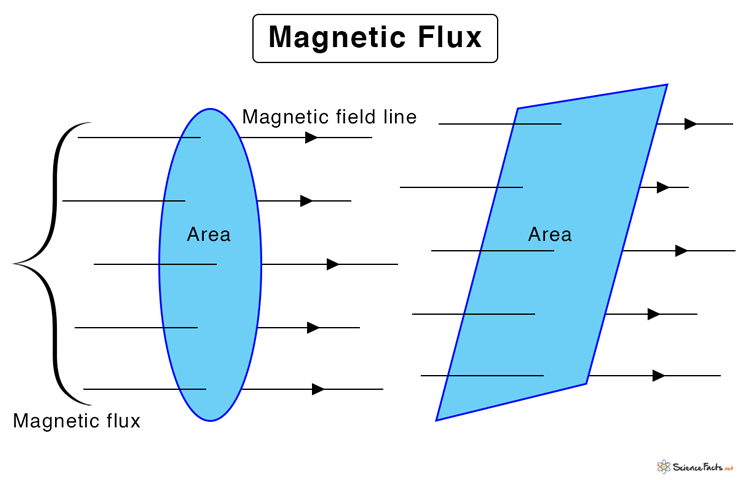Jed Quiaoit
AP Physics 2 🧲
61 resourcesSee Units
Certain materials exhibit magnetic properties that can be influenced by the presence of magnetic fields in their surroundings. When exposed to an external magnetic field, these materials may exhibit a range of responses, including changes in their magnetic properties or the generation of an electric current. 😳
Magnetic Properties
The magnetic properties of materials are determined by the behavior of their electrons. In a magnetic field, the electrons in a material can align their spins in a particular direction, creating a magnetic moment that interacts with the magnetic field. 🧍
The strength and direction of this interaction can depend on a range of factors, including the strength and orientation of the magnetic field, the composition and structure of the material, and the temperature and pressure of the system.
Ferromagnetism
Ferromagnetic materials are a special class of materials that have a unique property of being able to retain their magnetic properties even in the absence of an external magnetic field. This is due to the fact that these materials have magnetic domains or atomic magnetic dipoles that are aligned in a particular direction, which results in a net magnetic moment for the material. 😼
When an external magnetic field is applied to a ferromagnetic material, the alignment of the magnetic domains or atomic magnetic dipoles can be changed, resulting in a reorientation of the net magnetic moment of the material. If the external field is strong enough, the material can become permanently magnetized in the direction of the applied field, as the magnetic domains become permanently aligned.

Source: Byjus
The strength of the magnetic field required to magnetize a ferromagnetic material depends on the composition and structure of the material, as well as its temperature and other physical parameters.
Some common ferromagnetic materials include iron, nickel, cobalt, and certain alloys and compounds.
Paramagnetism
Paramagnetic materials are a class of materials that have a weak interaction with an external magnetic field. Unlike ferromagnetic materials, which can retain their magnetic properties even in the absence of an external field, the magnetic dipole moments of paramagnetic materials do not remain aligned after the external field is removed. 🧲
When a paramagnetic material is placed in an external magnetic field, the magnetic dipoles of the material become aligned in the direction of the field, resulting in a net magnetic moment for the material. However, once the external field is removed, the alignment of the magnetic dipoles is lost, and the material returns to its original state.
The strength of the interaction between a paramagnetic material and an external magnetic field depends on a range of factors, including the composition and structure of the material, as well as its temperature and other physical parameters.
Some common paramagnetic materials include aluminum, platinum, and some rare earth elements.

Source: Science Notes
Diamagnetism
Diamagnetism is a property exhibited by all materials, whereby the electronic structure of the material creates a weak magnetic moment that is oriented in the opposite direction of an external magnetic field. This means that when a diamagnetic material is placed in an external magnetic field, it will be slightly repelled by the field, rather than attracted to it. 🙅
The diamagnetic properties of a material arise from the motion of its electrons in response to an external magnetic field. As the electrons move in their orbits around the nucleus of an atom, they create a small magnetic moment that opposes the direction of the external field. This effect is very weak, and is usually overcome by the stronger magnetic properties of ferromagnetic or paramagnetic materials.
Some common diamagnetic materials include copper, silver, gold, and many non-metals such as water and carbon. However, the diamagnetic effect is so weak that it is often difficult to detect in these materials without the use of sensitive instruments.

Source: ScienceStruck
Magnetic Flux
Electromagnetic induction is the process by which a changing magnetic flux through a conductor induces an electromotive force (emf) in the conductor. This effect is described by Faraday's Law, which states that the magnitude of the induced emf is equal to the rate of change of the magnetic flux through the conductor. 🪠
When the area of the surface being considered is constant, the induced emf can be calculated as the product of the area and the rate of change of the component of the magnetic field perpendicular to the surface. Similarly, when the magnetic field is constant, the induced emf can be calculated as the product of the magnetic field and the rate of change in area perpendicular to the magnetic field.
The direction of the induced emf is determined by the conservation of energy. The change in magnetic flux induces an emf that creates a current in the conductor, which in turn generates a magnetic field that opposes the original change in magnetic flux. This principle is known as Lenz's Law, and it ensures that the induced current flows in a direction that opposes the original change in magnetic flux.

Source: ScienceFacts
The phenomenon of electromagnetic induction has important applications in a wide range of fields, including electrical power generation and transmission, electric motors and generators, and magnetic data storage. For example, the alternator in a car uses electromagnetic induction to generate electrical power, with the rotating magnet creating a changing magnetic flux through a conductor, inducing an emf in the conductor and generating electrical power.

Source: Physics Bootcamp
Relevant Equations

Browse Study Guides By Unit
💧Unit 1 – Fluids
🔥Unit 2 – Thermodynamics
⚡️Unit 3 – Electric Force, Field, & Potential
💡Unit 4 – Electric Circuits
🧲Unit 5 – Magnetism & Electromagnetic Induction
🔍Unit 6 – Geometric & Physical Optics
⚛️Unit 7 – Quantum, Atomic, & Nuclear Physics
📆Big Reviews: Finals & Exam Prep
📚Study Tools

Fiveable
Resources
© 2025 Fiveable Inc. All rights reserved.